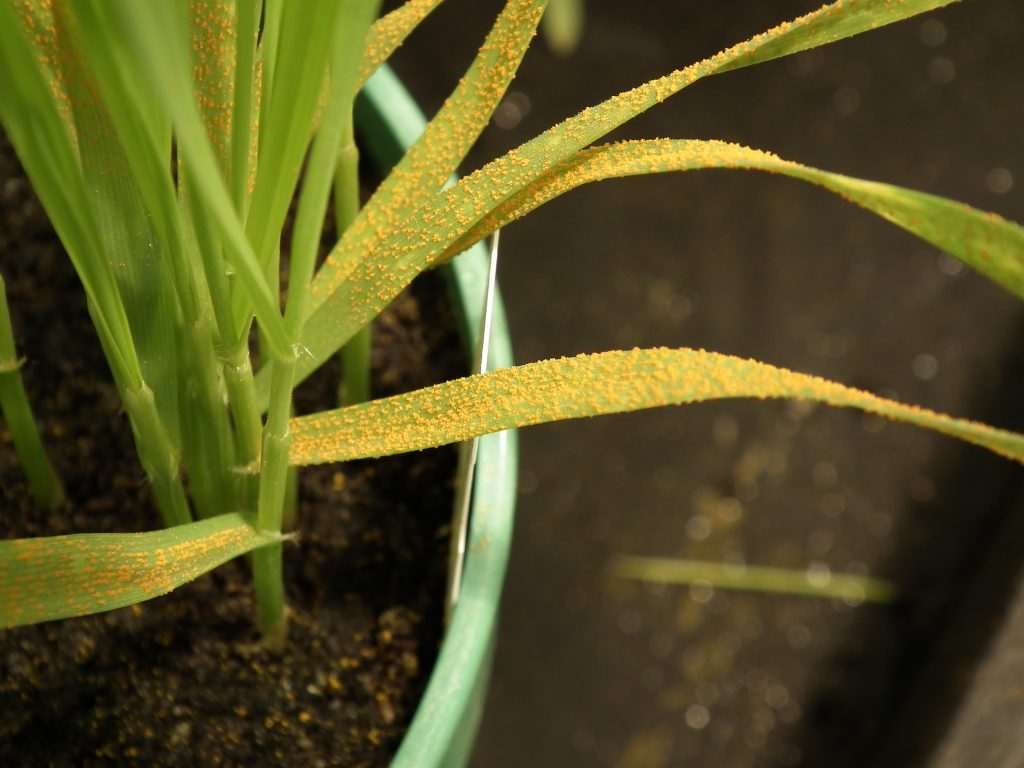Yellow rust still a threat despite cold weather
23rd March 2018
Wheat growers are advised to include some yellow rust-active chemistry in their T0 applications, particularly when treating high risk varieties, even though recent heavy frosts appear to have damped down
Wheat growers are advised to include some yellow rust-active chemistry in their T0 applications, particularly when treating high risk varieties, even though recent heavy frosts appear to have damped down disease presence.
“We had reports of yellow rust present in certain varieties across the country before the spell of cold weather set in,” says ADAS research consultant Tim Boor.
“Although the frosts have kept a lot of disease in check, rust is still visible in some crops. Growers should not let their guard down.”
“The threat will be lower than usual, certainly than last year, but we cannot rely on sub-zero temperatures alone to remove the disease, especially as newer races will cycle more quickly, compared to those seen just a few years ago, once favourable conditions return.”
With T0 applications due to start on forward crops next week, growers should consider adding some additional chemistry, such as a rust-active azole or strobilurin, depending on varietal resistance and overall disease threat, Mr Boor advises.
Septoria is still evident on old leaves in most crops and will bounce back as soon as warmer, wetter weather returns, he adds.
“However, at this stage a multi-site such as chlorothalonil should prevent spread and infection of new leaves, providing good insurance against poor weather delaying the T1 spray, the first of the key septoria control timings.”
Robin Rose, BASF agronomy manager for West Midlands and Wales, advises that epoxiconazole offers the strongest activity on both yellow and brown rust. Pyraclostrobin, as in Comet, is also a highly effective strobilurin on both rust strains.
“One advantage of using pyraclostrobin is that it offers an alternative mode of action to the triazoles, so you aren’t selecting for azole-resistant strains of septoria early in the season,” he says.
“Any mildew in crops should be dealt with at T0 and this can be done with a specific mildewicide such as Cyflamid (cyflufenamid) or Talius (proquinazid).”
Looking ahead, analysis to determine the amount of septoria infection on wheat crops last season has shown that crops are more often than not in a curative period at T1, he notes.
“Adexar (epoxiconazole + Xemium) at 1-litre/ha + CTL delivers superior disease control to competitor azole/SDHI products. If you lose potential at T1, that yield is lost forever.”

